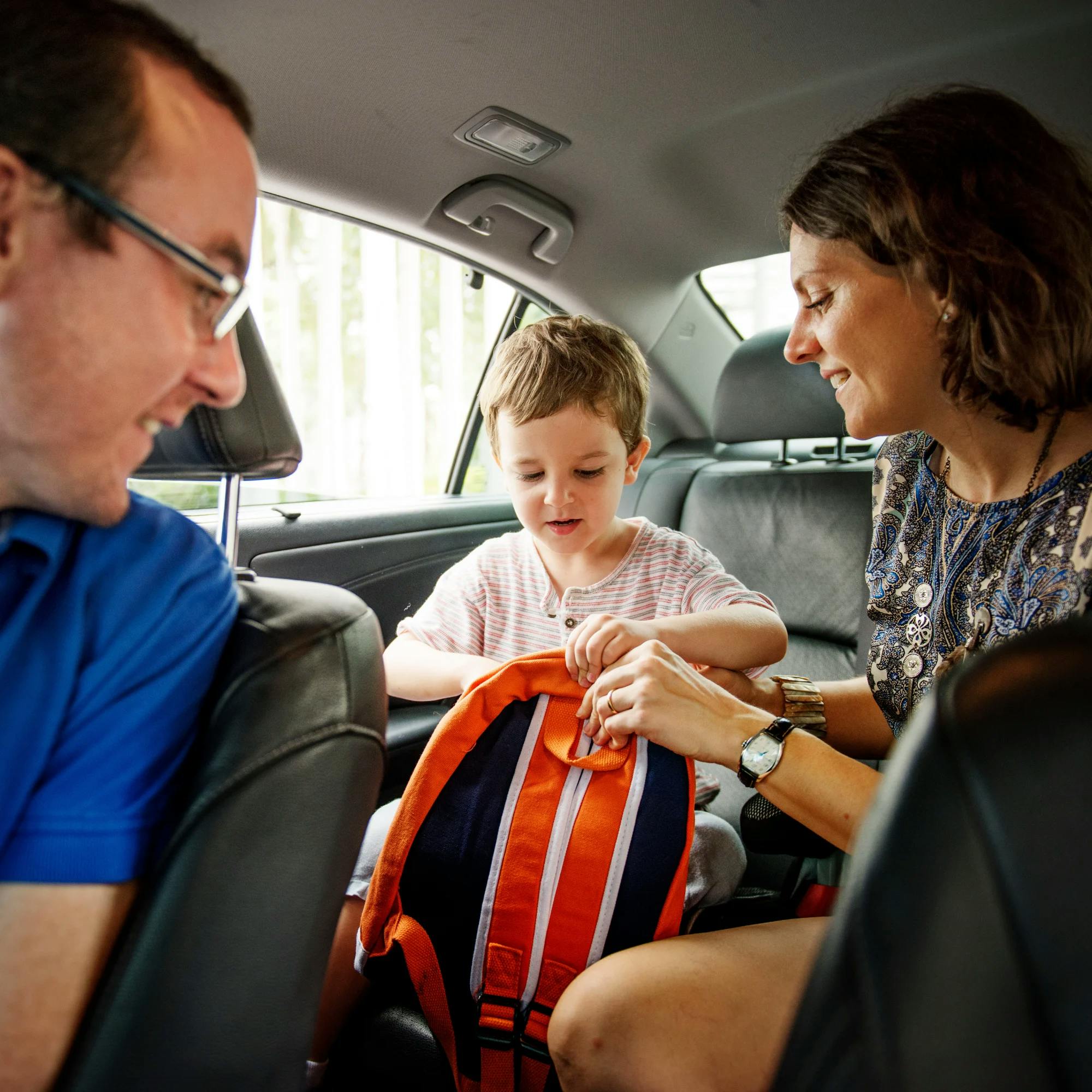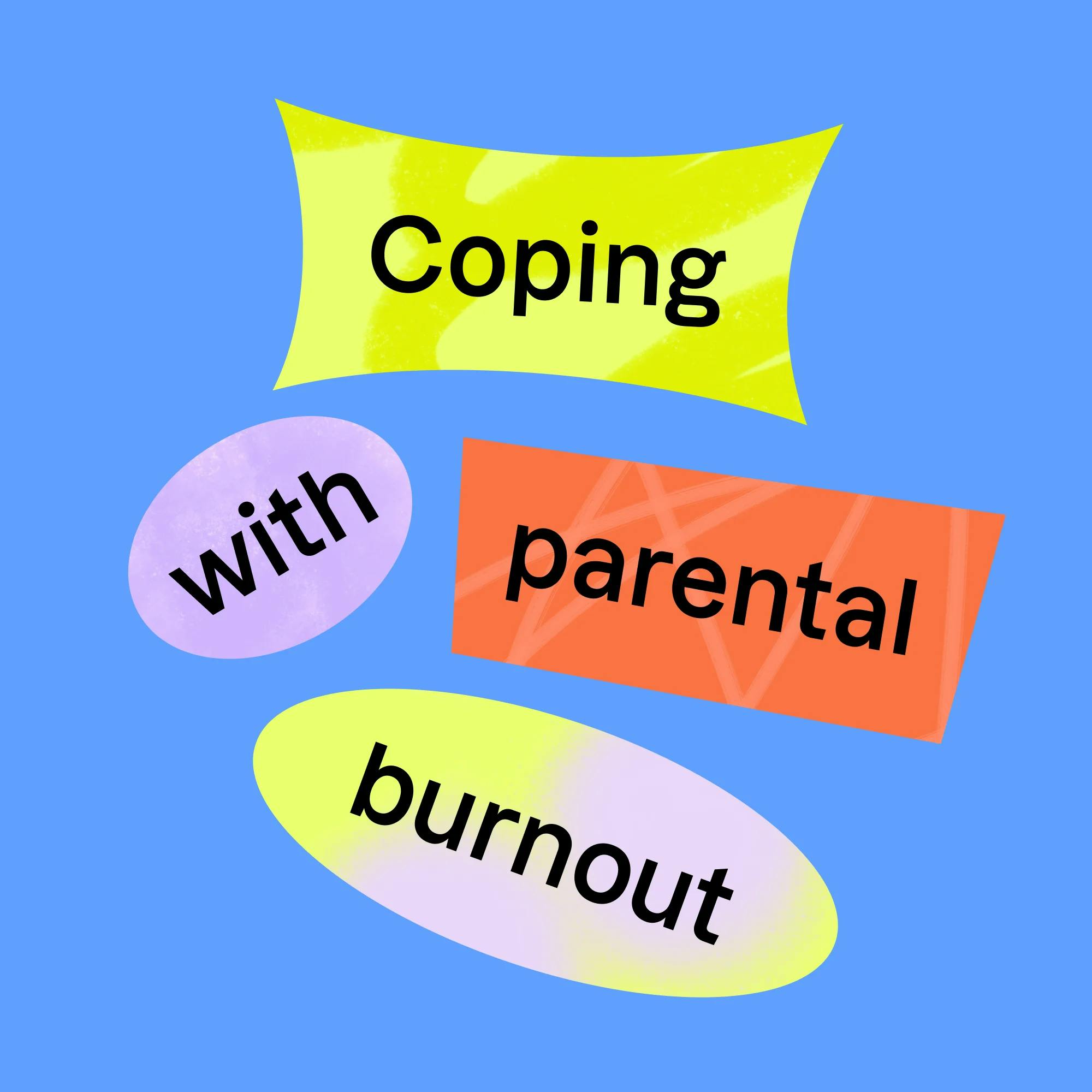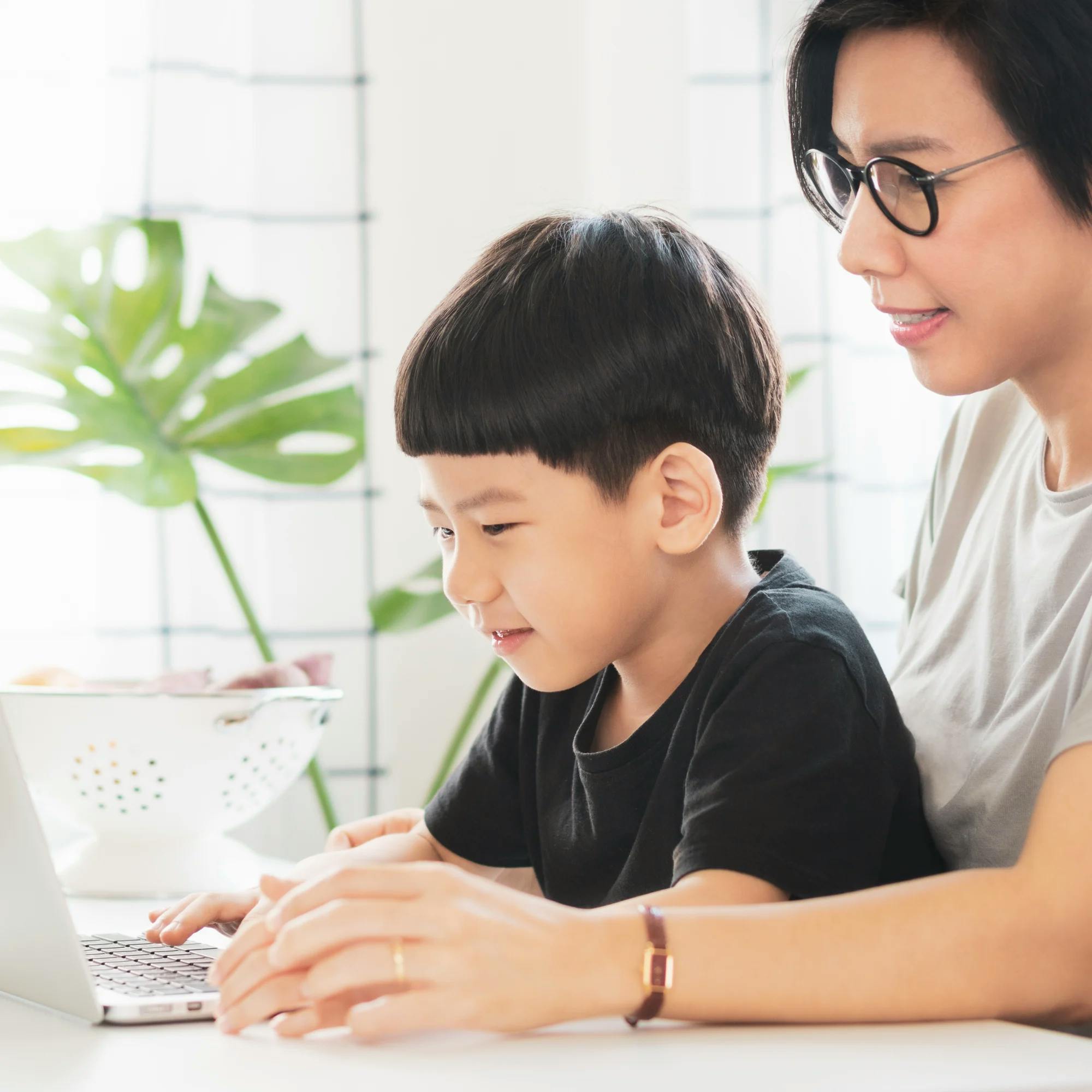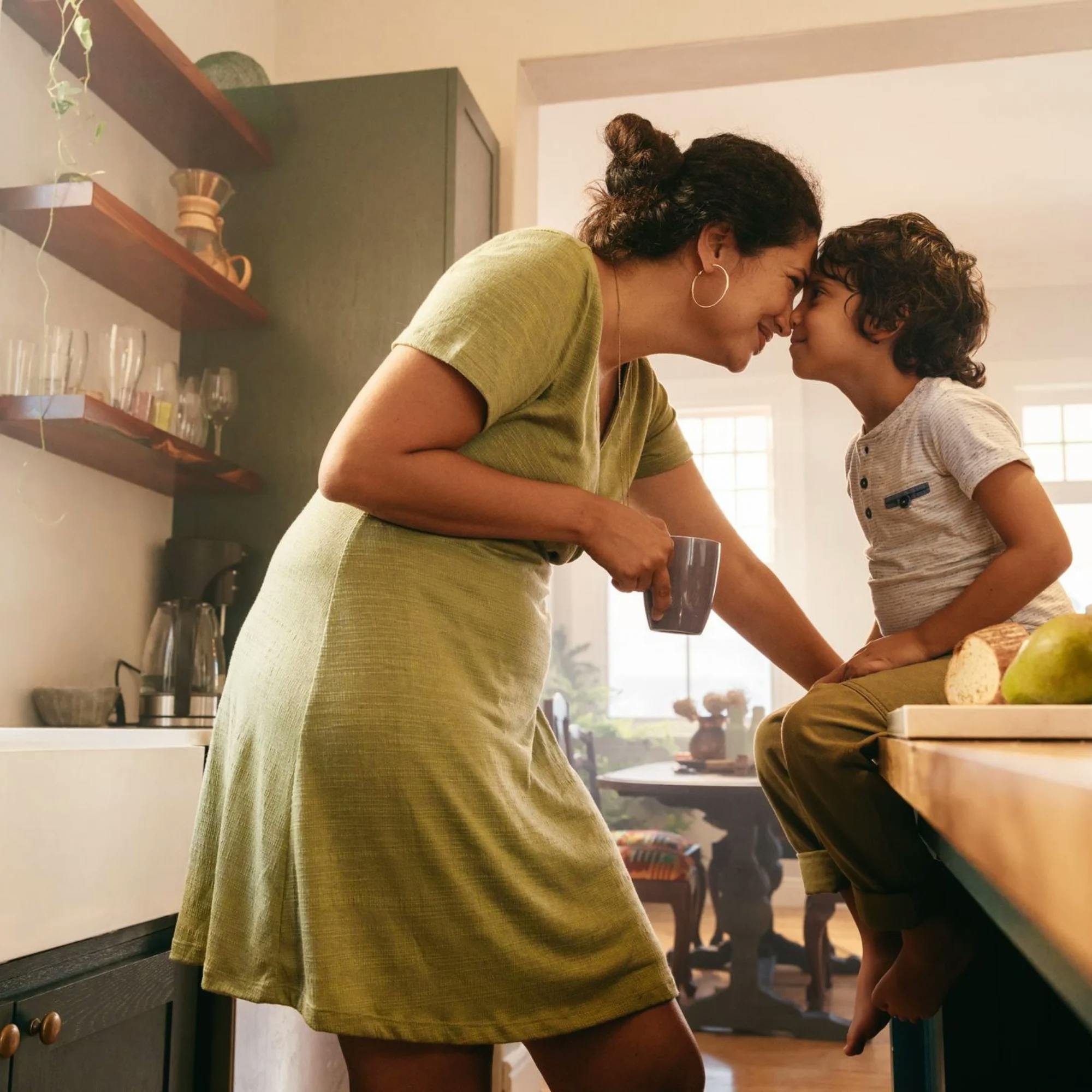Traveling with a child with special needs often means a lot of preparation and packing. Whether your child has autism or a medical diagnosis, you may prefer driving rather than flying. You can bring more, avoid the stress of the airport, and stop as many times as you need. Plus, unlike in a plane, your child can look out the car window and see a lot more than puffy clouds or complete darkness.
Whether it’s a holiday trip to visit relatives, a family vacation, or a long drive for any other reason, if you’re about to hit the road, here are 7 travel tips to avoid a bumpy ride!
1 Talk with your child’s doctor before your road trip
Before you do anything else (including telling your child about the trip!), contact your pediatrician to confirm your travel plans are safe for your child. Some children with special needs can’t travel far because they need frequent medical care. For this reason alone, check in with your doctor about your potential trip to see what they think about it.
Ask your doctor for a letter describing your child's needs that you can use during an emergency.
If your doctor gives you the thumbs-up to travel, ask them for a letter describing your child's condition and needs that you can use during an emergency. Keep your pediatrician’s contact information handy. You might also ask for the contact information of specialists in the area you’re traveling to, just in case.


2 Plan and pack for your special needs child
As soon as you become a parent, you learn very quickly that spontaneity is rare. Planning things in advance is the way to go. Give yourself plenty of time before your road trip to research how you’ll accommodate your child’s needs.
For example, find a hotel that meets any accessibility or other needs your child has. If your child has severe allergies to specific foods, find a hotel that will allow you to cook food in your room. Many hotels today have a microwave, mini-fridge, and sometimes even a cooktop. Make sure to plan out what you’ll need to bring for meal preparation and snacks.
You’ll also want to plan out your stops along the way. Use Google Maps or another map function on your computer or smartphone to locate the best stops for your child. Going to a rest stop every hour or two can help decrease stress from being confined in the car for too long.
If your child is on medication, plan to bring more than they need for the trip.
Make a packing list of what you’ll need for meals, bedtime, and bath time, as well as any devices or tools your child needs to communicate. If your child is on medication, plan to bring more than they need for the trip. This way you’re covered in the case of a delay or emergency. Label the medications with your contact information.
3 Talk to your child about what to expect
For children with special needs, transitions and changes can be difficult. We’re all creatures of habit, and most of us like routine. When that routine is disrupted, many autistic children or those with other special needs will act out.
Get your child excited about the fun adventure the family is going on together. For autistic children in particular, social stories can help them prepare for new experiences. A social story is a way to explain new situations (such as a first road trip!) to help children understand what to expect and ease the transition.
The most important thing is to get your child used to the car, if you haven’t already done so. Make sure they’re comfortable in their car seat and understand the car rules before you go on your trip.
4 Check the boxes for car safety
This may seem obvious, but make sure your car’s oil, tire pressure, and other maintenance items are updated before your road trip. The last thing you need is to be on the side of the road with an upset child and a flat tire.
A helpful tool to consider is a back seat child monitor, whether it’s a mirror or camera. This way you can easily check on your child throughout the trip.
Make sure to use the child lock function so your child can’t open the car doors while you’re driving.

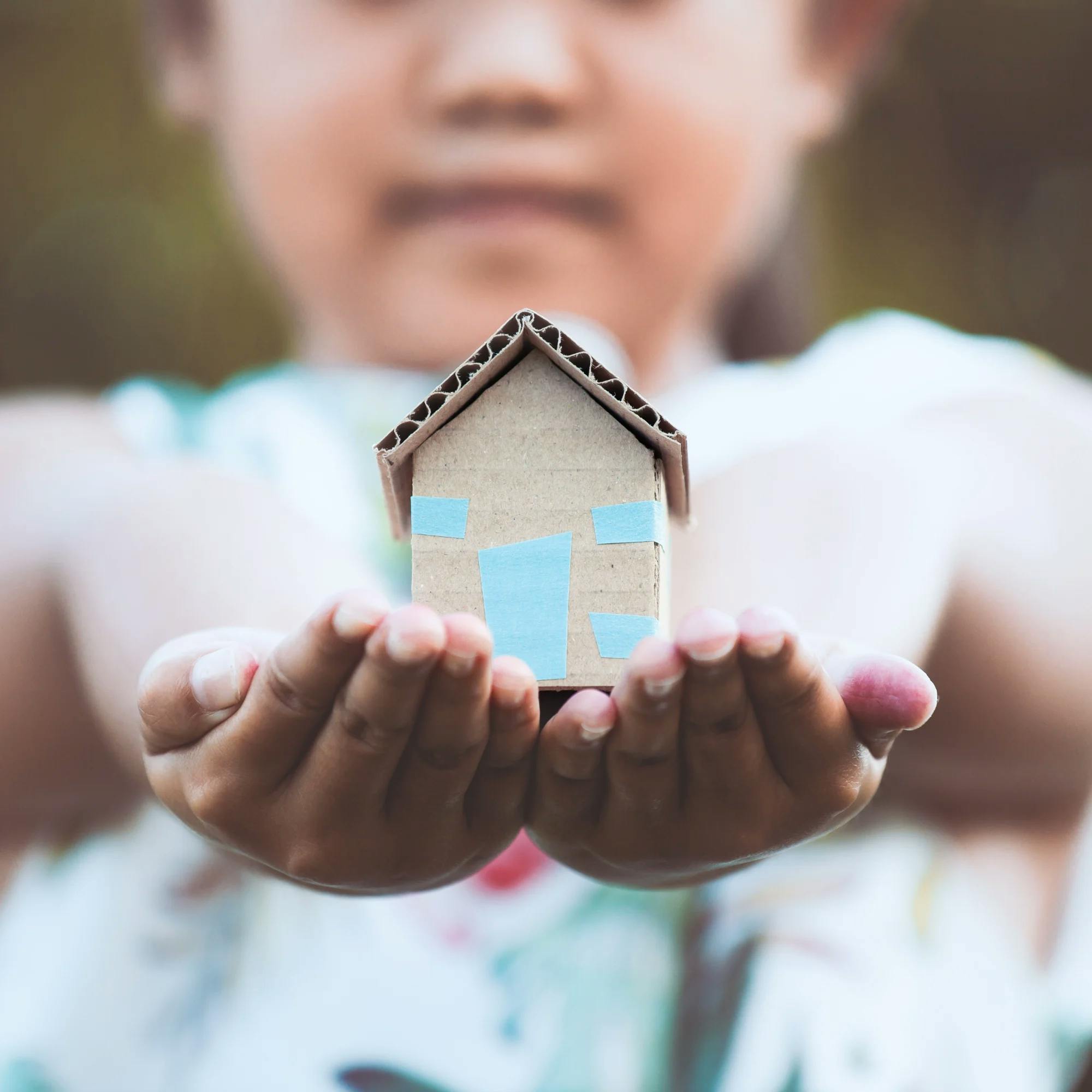
5 Keep these items handy in the car
While your trunk or roof rack might be packed to the brim, make sure you have the right items easily available in the car. Here are some things to have handy during the drive, preferably with you in the front seat:
Prescription medication(s)
Snacks
Water
First aid kit
Extra clothes
Your child’s favorite sensory toy, pillow, or blanket. Having these familiar items may help reduce discomfort during a new experience.
6 Plan your child’s road trip entertainment
Wondering how to keep your child busy during a long drive? Try bringing coloring books, hand-held games, interactive books, or an iPad with old and new games, TV shows, and photos.
Another idea is to fill a bag with small toys or activities that your child hasn’t seen or played with in a while. Introduce a new toy at regular intervals to keep your child happy (and occupied).
Bring soothing music to encourage relaxation if your child is feeling overstimulated or dysregulated.
Be sure to have your child’s favorite music playlist on hand. Include soothing music to encourage relaxation for the moments when your child may be feeling overstimulated or dysregulated. You might also want to try a podcast made for kids, or an audiobook.


7 Expect the unexpected
No matter how well you plan your trip, life is unpredictable, especially when you’re on the open road. You know your child best, so think about what the most difficult or challenging situation is for them. Then think about ways you can decrease the chances of that happening on your trip.
Traveling with your family may not always feel like a true “vacation,” so try not to expect perfection. Focus on creating a trip that’s both safe and enjoyable. You’ll be making family memories (even if some of them make you cringe later!). Safe travels!
How Expressable Can Help
Concerned your child isn't reaching age-expected milestones? Looking for communication support from a professional? Expressable is a national online speech therapy practice serving children and adults. We treat all major areas of communication and feeding, offer flexible hours including evenings and weekends, and accept most major health insurance plans. We’re proud to have earned more than 3,000 5-star reviews from our clients (4.9/5 average).
Our therapy model is centered on parent and caregiver involvement. Research proves that empowering caregivers to participate in their loved one’s therapy leads to better outcomes. That’s why we combine live, 1-on-1 speech therapy with personalized education and home practice activities for faster progress.
Communication is more than words. It’s how we share how we feel and show who we are. We’re here to help you or your child do just that.

 Abby Barnes, M.S., CCC-SLP
Abby Barnes, M.S., CCC-SLP